Affiliate links on Android Authority may earn us a commission. Learn more.
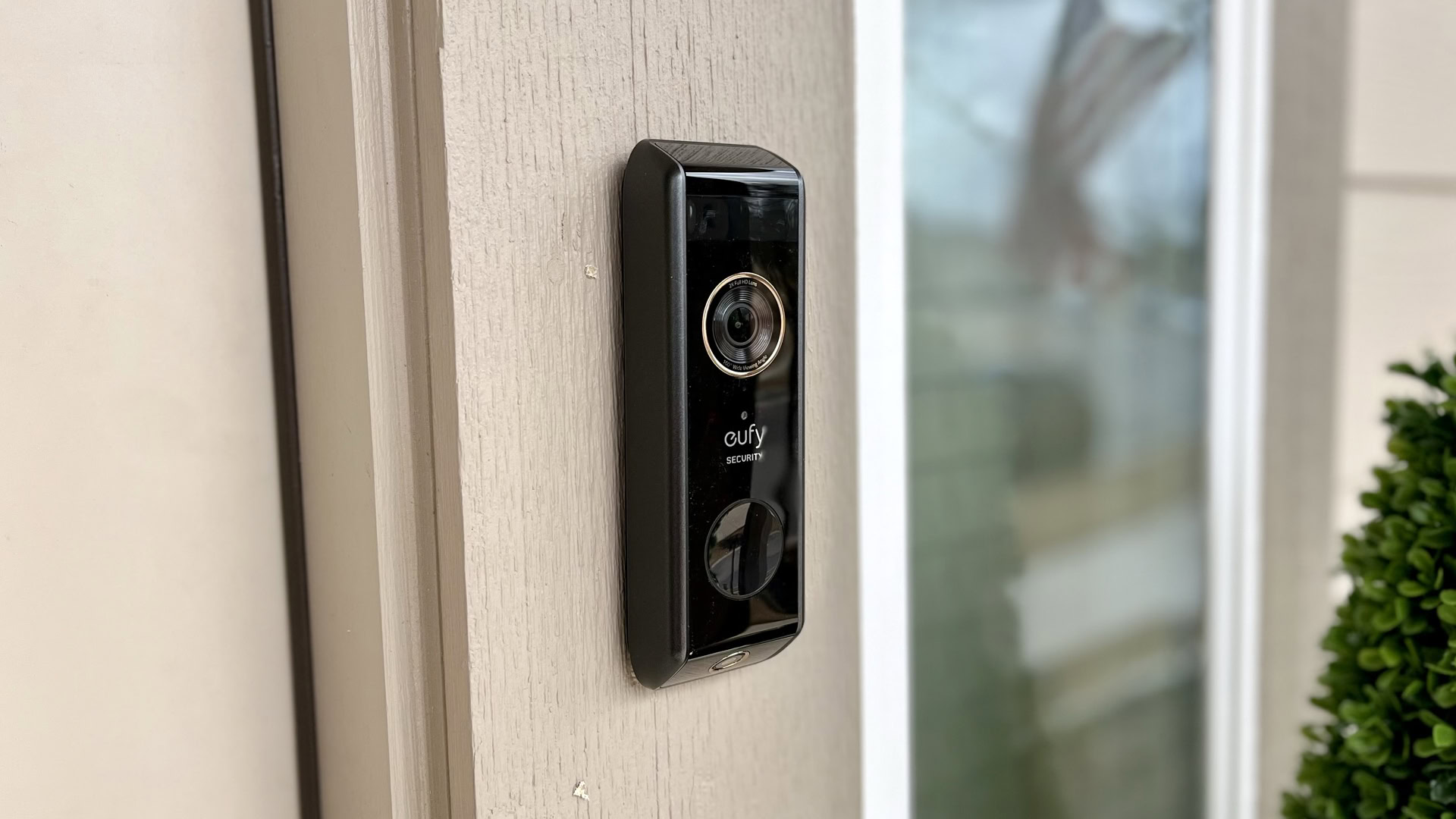
Eufy Video Doorbell Dual
What we like
What we don't like
Eufy Video Doorbell Dual
One of the predominant reasons to get a video doorbell is keeping porch pirates at bay. This has led to an increase in the number of models with square or vertical viewing areas, but the Eufy Video Doorbell Dual takes matters a step further, adding a second camera aimed down at your doorstep. Does this upgrade deliver, so to speak? Find out in Android Authority‘s Eufy Video Doorbell Dual review.
What you need to know about the Eufy Video Doorbell Dual
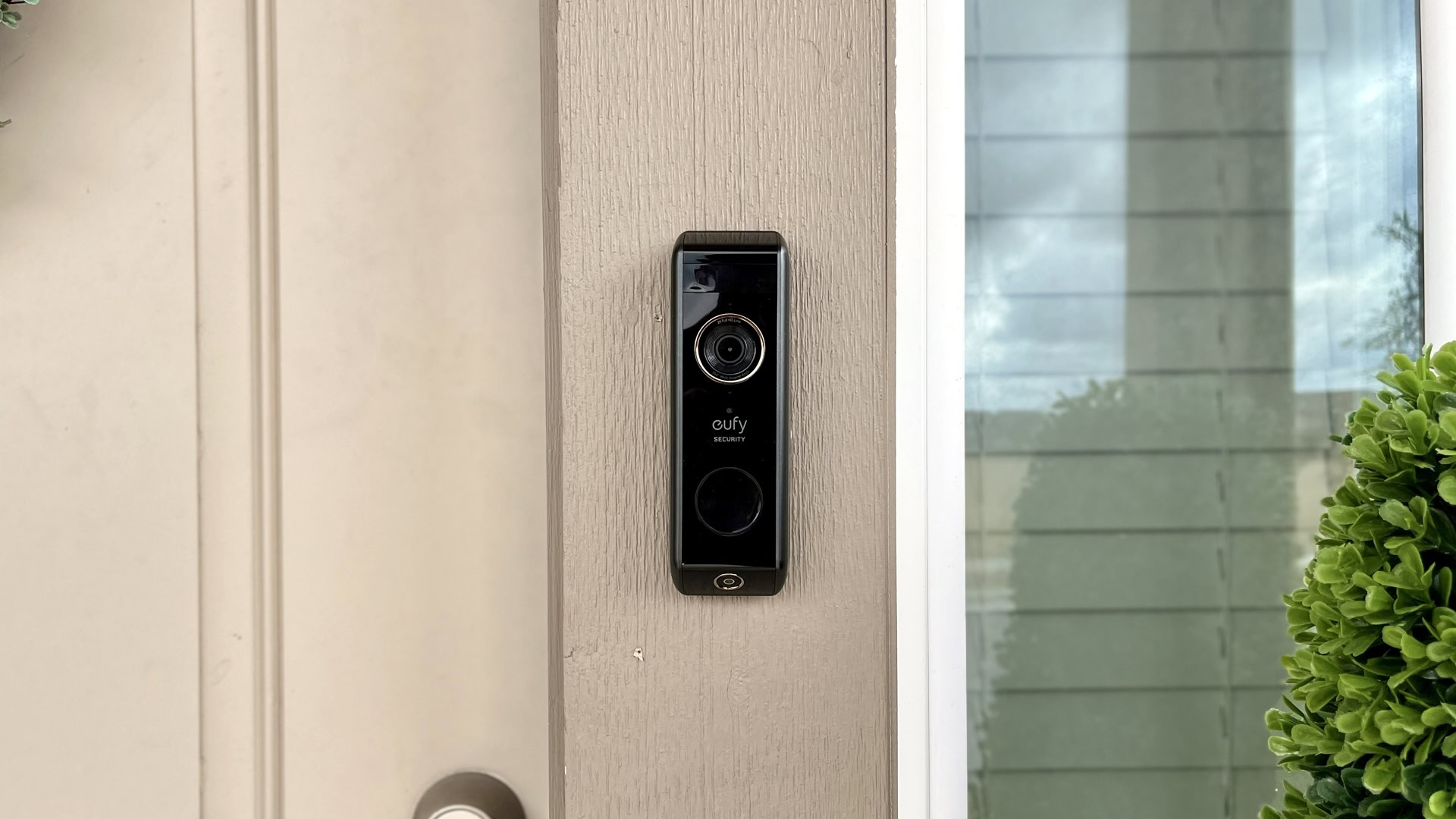
- Eufy Video Doorbell Dual (with Homebase 2): $259 / £229 / CA$349
Eufy has chosen to go with high-end specs for each camera. The primary one — pointed at visitors — features a 160-degree landscape view, HDR, and 2,560 x 1,920 resolution. For comparison, the Google Nest Doorbell sports a 1,280 x 960 HDR camera with a 145-degree view, albeit offering more vertical coverage with a 3:4 aspect ratio.
The primary camera doesn’t need much vertical coverage, of course, since it has a second camera to back it up. The latter has a narrow 97-degree field of view, yet it still shoots in a sharp 1,600 x 1,200, and is angled to cover just about any doorstep. You’ll only risk packages being out of sight if you have a particularly wide porch or you place the doorbell in an odd position. The closer to your door, the better, though you’ll need a decent amount of space to install it — it’s quite large.
Check out: The best smart home devices you can buy
Supporting the Dual’s package focus is robust object detection. The Dual recognizes both humans and some packages (more on this later), and by default, it won’t alert you to any other motion. All of this works without a cloud subscription, too, unlike products from Arlo or Ring. Eufy additionally offers a beta “Delivery Guard” feature, which can tell you when packages arrive, play recorded audio if someone approaches them, and/or remind you to scoop things up past a set time of day.
Supporting the Dual's package focus is robust object detection.
Eufy does offer a subscription if you want it, which costs $2.99 per month or $29.99 per year for a single camera. Alternatively, if you pay $9.99 per month/$99.99 per year for up to 10 cameras. All this does is add 30 days of cloud recording, though, since every other feature is handled locally. In fact, while you can technically buy the Dual on its own direct from Eufy, it won’t work without the company’s Homebase 2 Wi-Fi module, which offers 16GB of rolling storage for event recording (up to 180 days before it starts rewriting, assuming 30 20-second clips per day). You can’t buy it without the Homebase 2 if you go through sites like Amazon or Best Buy.
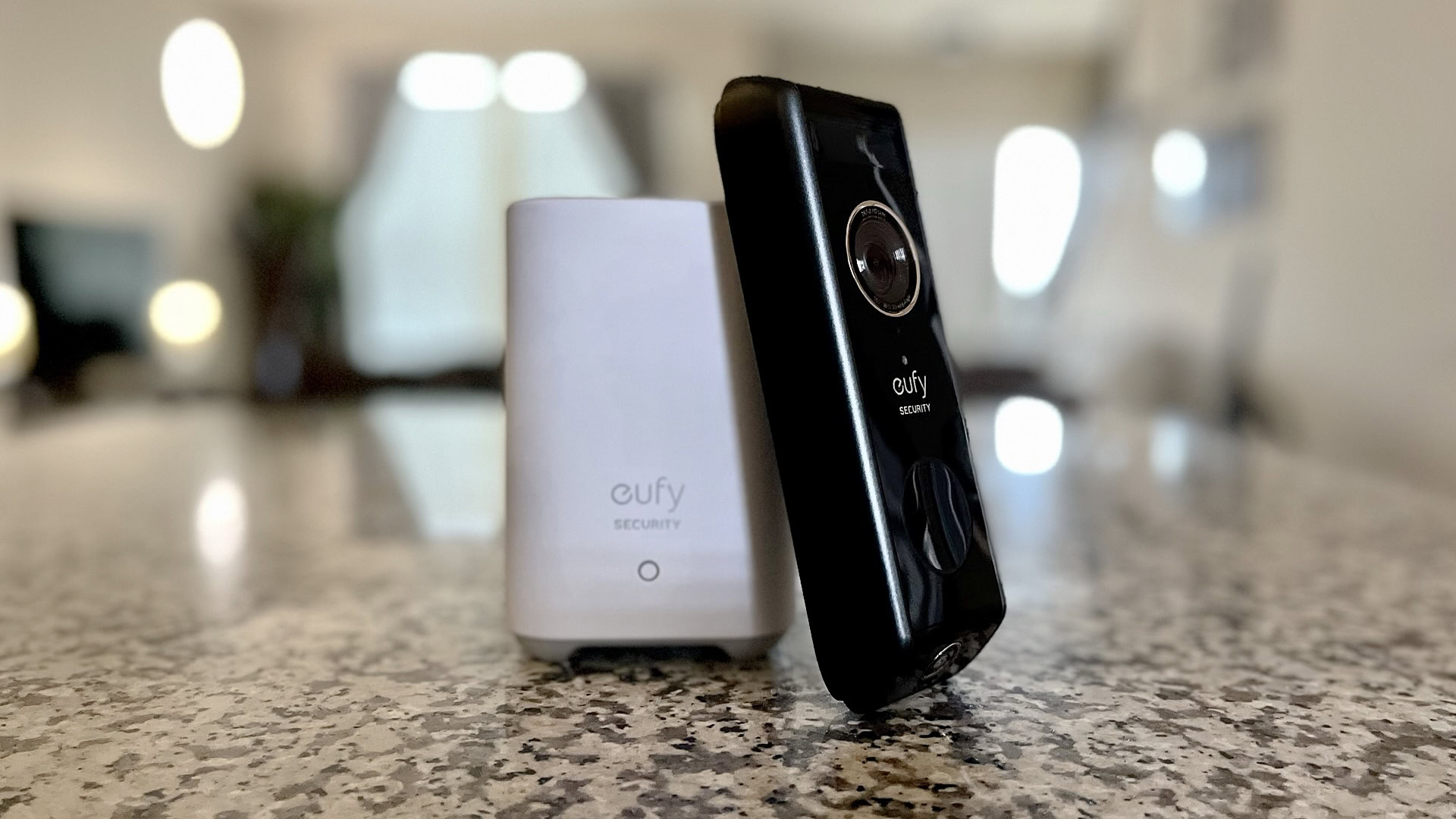
The doorbell works both wired and wirelessly, although the wired mode just extends battery life in addition to connecting to your house chime — you’ll still have to remove the doorbell completely, at some point, to recharge via its (somewhat dated) micro-USB cable. Eufy estimates between three to six months of battery life depending on activity. It’s not clear if that takes the wired mode into account.
The Homebase 2 doubles as its own chime speaker, and further enables support for Amazon Alexa and Google Assistant. Those platforms trigger notifications on compatible smart speakers, and allow video streaming (not two-way talk) if you have a smart display. Notably, while the Homebase can be added to Apple HomeKit, the Dual itself can’t. Regardless, the doorbell can be used perfectly fine with just the Android and iPhone/iPad apps.
Two final things to point out are that the product operates exclusively on 2.4GHz Wi-Fi, and that it comes with a wedge mount if you need to aim it towards your door and/or away from the street.
Related: Your smart home should stay on a separate Wi-Fi network
What’s good?
Image quality captured by the Eufy Video Doorbell Dual is, overall, excellent. Daytime recording is clear, and thanks to HDR, it’s possible to discern faces with all but the strongest backlighting. While the Dual switches to black-and-white recording at night, there’s still sufficient detail and a smooth frame rate, which separates it from budget alternatives such as the Blink Video Doorbell.
It’s difficult to overstate how great it is to have cloud-free object recognition. I never received a single false alert, even without any defined activity zones, because the product would only send notifications about button presses, packages, or humans within a short range of the door. That’s in spite of it facing not just a street and a sidewalk, but an open park where people regularly play with kids and dogs.
It's difficult to overstate how great it is to have cloud-free object recognition.
Eufy’s mobile app does a good job of guiding users through the installation process, providing detailed instructions on setting up the Homebase, pairing the doorbell, and physically mounting it. Indeed the app is well-designed for its most important features, making it easy to view live footage and recent events, the latter of which are organized by day with labels and thumbnails so you can quickly tell why a recording was triggered — you’ll see “Human, Delivered” if someone drops off a box, for instance. Push notifications lack thumbnails, but it’s not a deal-killer.
The Dual’s intercom also works well, with some caveats. Its speaker is reasonably loud, so visitors shouldn’t have any problem hearing you. It could stand to be louder, and our test unit did occasionally crackle.
As for the Dual’s vaunted second camera, I found that it covered a sizable portion of my doorstep. It cut off a bench where delivery people sometimes drop smaller packages, but that’s been a problem with other doorbells too, so Eufy’s still on the right track. I further appreciated the option to switch between split and picture-in-picture (PIP) views. The former is the default, and definitely the way to go to keep an eye on packages, but PIP may be handy for those who care more about visitors.
What’s not so good?
As of this writing, package detection is too narrowly focused. It only seems to care about boxes, since I never got notifications about delivered grocery bags or meals. Sure, the Dual always let me know that someone came to the door, but it was only in watching a replay that I could tell something was dropped off if it wasn’t a box. That in turn made Delivery Guard of limited use, so in my experience, there wasn’t much advantage over a single-camera doorbell with a good vertical aspect ratio. You may find more value depending on what you tend to order.
Eufy’s app, meanwhile, is well-organized for the essentials, but scatters configuration options across different sections, and then often buries them under obscure labels. If you want to change the detection range, for example, or create a limited activity zone for motion alerts, you have to tap a triple-dot menu, then a gear icon, then “Dual Detection.” None of this is self-explanatory. If you want to connect Alexa or Google Assistant, you’re expected to open the sidebar menu and select “Works With.” Again, this isn’t very obvious.
In my experience, there wasn't much advantage over a single-camera doorbell with a good vertical aspect ratio.
The Dual also continually lags in response times. It can take several seconds to pull up a live feed on your phone, and even longer if you want to watch on a smart display (we tested on a first-generation Echo Show 5). You can toggle the Eufy app to prioritize smart display video, but the option is hidden under several sub-menus (Settings > Video Settings > Video Quality > Streaming to Alexa/Google Smart Displays) and caps output resolution at 1,600 x 1,200, which doesn’t do much to speed things up. Ultimately the Dual’s performance is functional on phones — if you’re worried about grab-and-run package raids, however, it could be too slow for you to intervene.
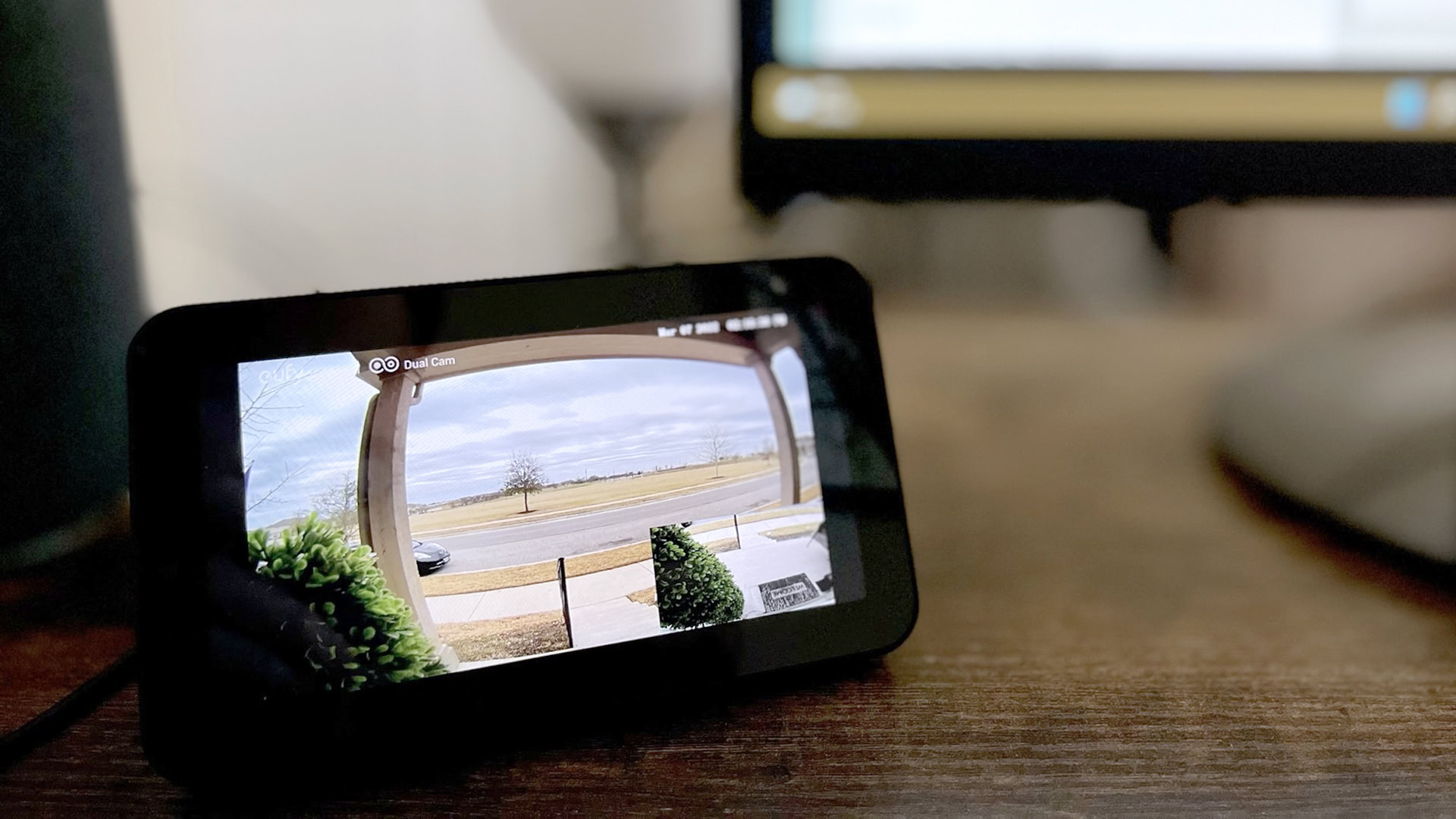
Delays even extend to changing settings, as there’s a pause of a few seconds every time the app has to sync via the Homebase. It’s a good thing activity zones aren’t essential — the first day I tried to create one, sync failed repeatedly, so I was only able to successfully try the option a few days later.
A couple of minor annoyances are that a beta Familiar Faces feature only ever gave me one face to name — not my own — and that there’s no continuous recording option when wired. You can extend clip lengths from 30 seconds to as much as 120 seconds, but only by changing modes in the app’s Power Manager at the expense of battery life.
Don’t miss: The best smart security cameras you can buy
Eufy Video Doorbell Dual review: Should I buy it?
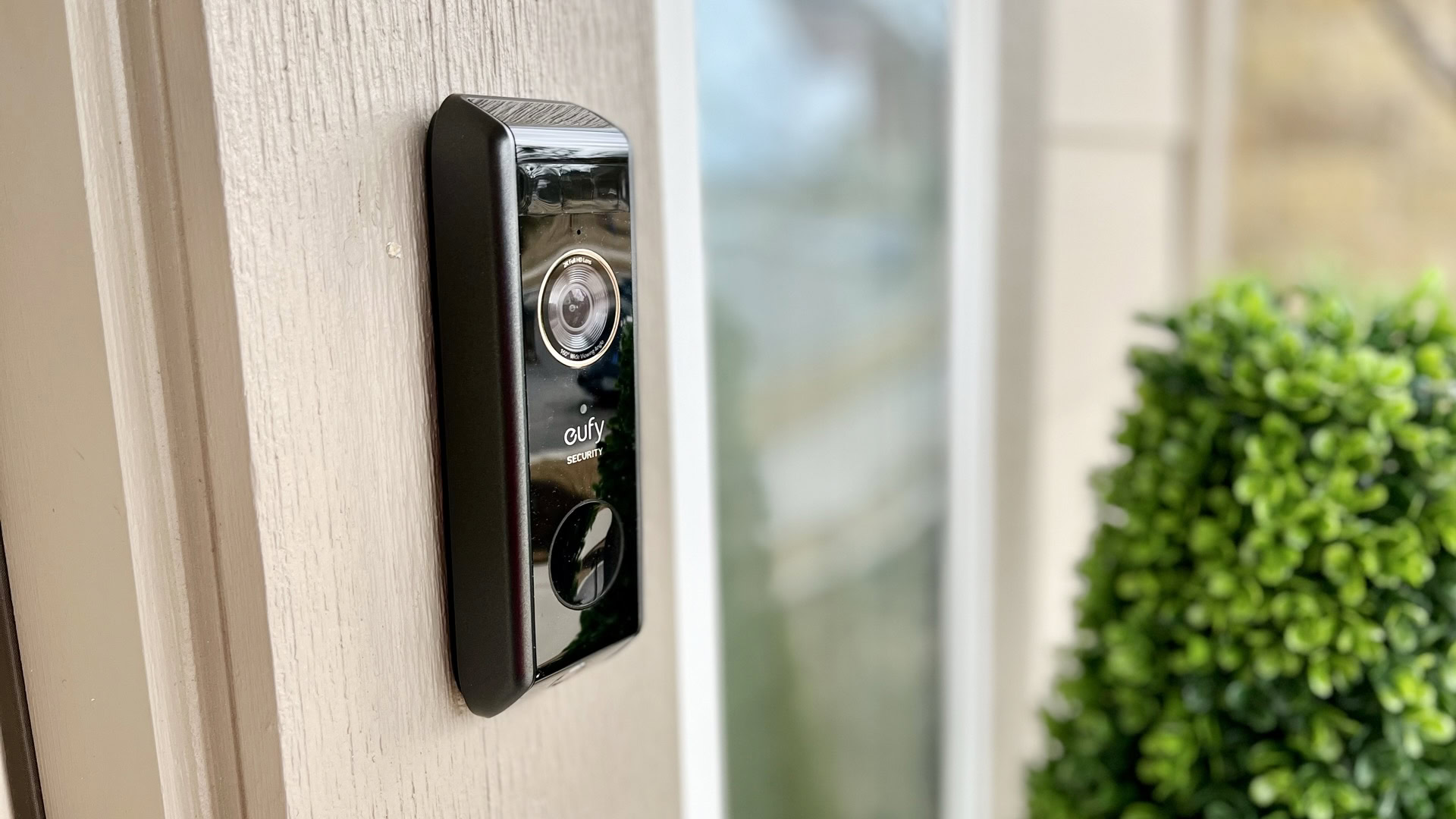
The Video Doorbell Dual is one of the better products out there if you want a comprehensive view of your doorstep. Blind spots are minimal, you won’t get any false alerts, and you never have to subscribe for features like recording or object recognition. Video is crisp in virtually any lighting condition.
That said, you shouldn’t choose the Dual if you need the fastest possible response times, or if you’re hellbent on using it with a smart display. Some people may find that they want better package detection, or resent the idea of having to pull their doorbell off every six months for charging.
The biggest potential issue, though, is that the product is a $260 purchase unless you happen to have a Homebase 2 and you’re buying direct from Eufy. Even then it’s $200, and you may want a new Homebase anyway to maximize signal strength and storage space.
The Video Doorbell Dual is worth it if you regularly have boxes shipped to your door, want to avoid cloud subscriptions, and absolutely, positively need to know when those shipments arrive.
A prime example of affordable alternatives is the Wyze Video Doorbell ($65). It provides so-so image quality and lacks Alexa or Google Assistant support, but it shoots in a 3:4 aspect ratio, which usually covers enough of your doorstep. You’ll get basic cloud recording for free, and you can pay a low subscription price and get person, vehicle, pet, and package detection among other upgrades.
Eufy itself sells the Video Doorbell 1080p, ($99), which shoots in 4:3, brings back Alexa and Assistant, and supports local recording if you buy a microSD card. The only thing it’s really missing is the Dual’s package detection.
If you want some of the best object recognition in the business, you can spring for the previously mentioned Nest Doorbell ($179), which offers local AI detection of people, packages, animals, and vehicles. Its only major limitations are that platform support is restricted to Google Assistant, and that you get just three hours of cloud recording for free — anything more requires a Nest Aware plan. There’s no local recording except an hour of offline backup.
It does compare favorably against one of its biggest rivals, the Ring Video Doorbell 4 ($199). Ring devices are easy to use and well-integrated with Alexa, but the Video Doorbell 4 shoots in a wide aspect ratio that cuts off your doorstep, and anything beyond live streaming is gated behind a Ring Protect subscription. That means recording, person detection, and image thumbnails in notifications. There’s no package detection to speak of either.
Overall, the Eufy Video Doorbell Dual is worth it if you regularly have boxes shipped to your door, want to avoid cloud subscriptions, and absolutely, positively need to know when those shipments arrive. For the everyday smart home enthusiast, however, the Dual is a hard sell (and bordering on feature overkill) when you can get other doorbells with already solid vertical coverage for much less.
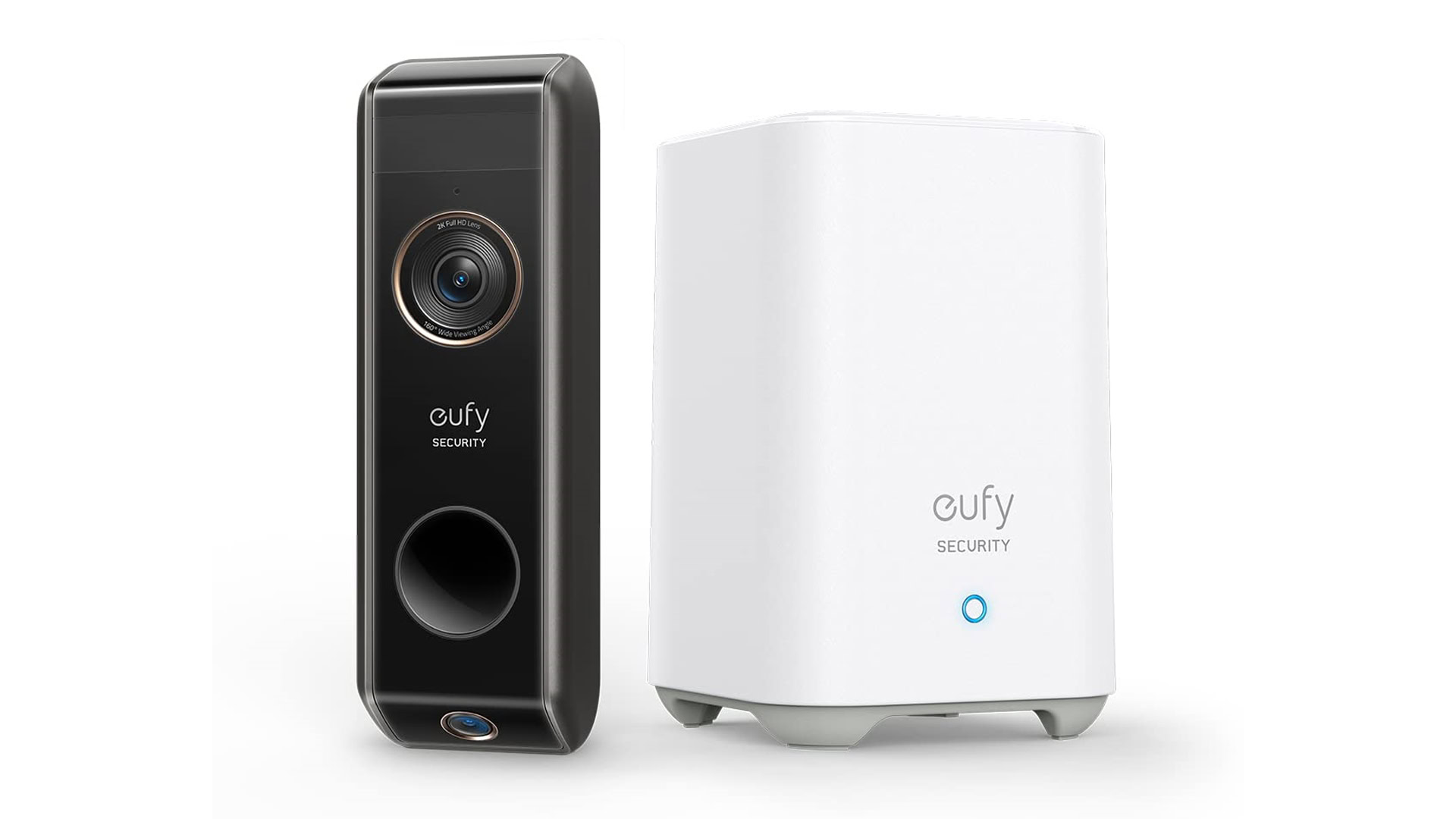
Frequently asked questions
Yes. It’s IP65 rated against water and dust, so it should survive heavy rain and snow.
The Eufy Video Doorbell Dual supports Amazon Alexa and Google Assistant. It’s not compatible with Apple HomeKit, even though you can technically add the Homebase 2 to that platform.
Officially, the Eufy Video Doorbell Dual can handle anywhere between -4F (-20C) and 122F (50C). You should consider extra cooling or heating measures if you expect to run into these extremes.
If someone unscrews the Dual or otherwise rips it off your home, you’ll have to buy a new doorbell as Eufy does not offer theft protection or replacement services. The good news is that your recordings will remain on the Homebase 2 and/or the cloud.